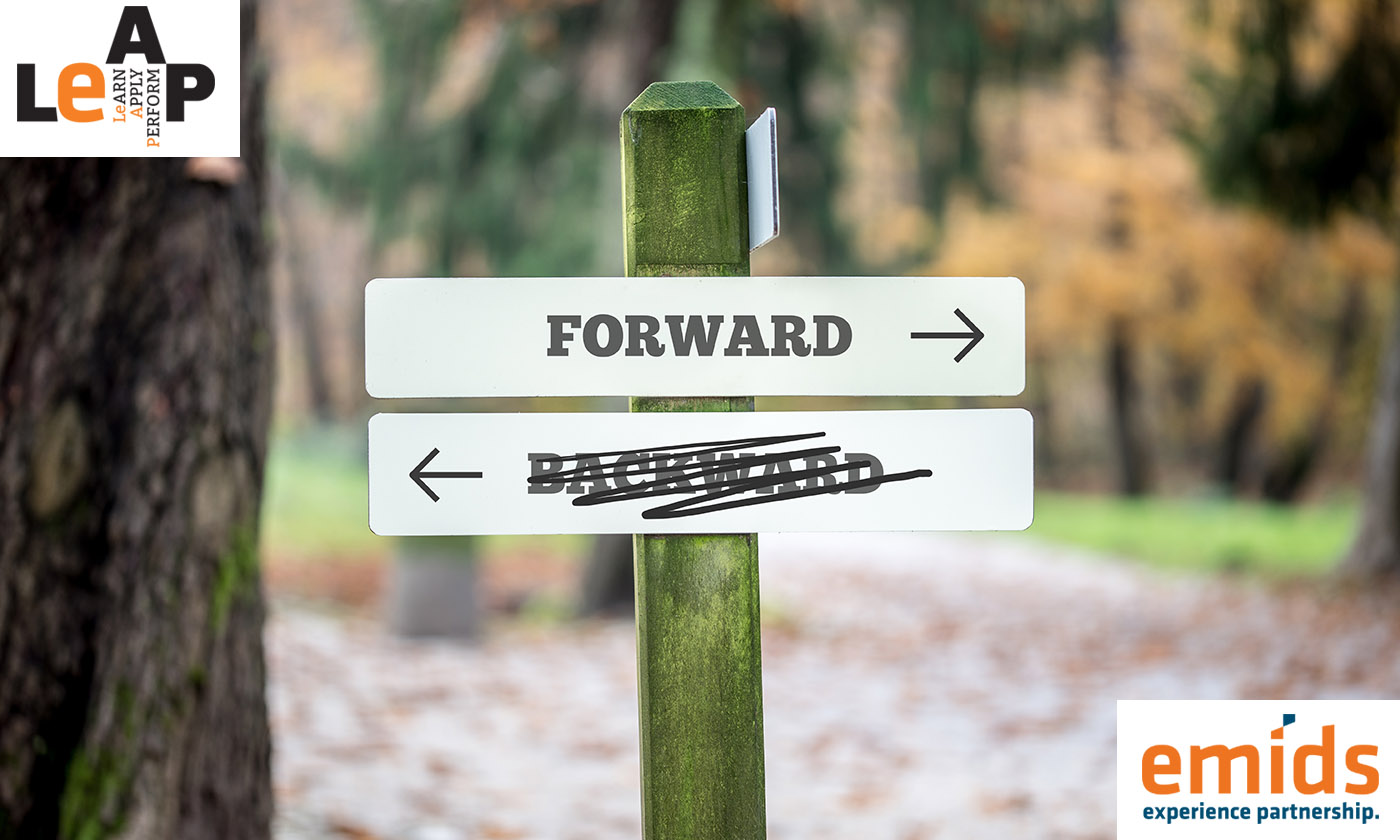The honest truth about feedback
Honest, objective feedback is supposed to validate and motivate the recipients. But have you noticed that even the most well-intentioned and constructive feedback can make people on the receiving end feel personally critiqued, anxious, and unsure of themselves? The signs are unmistakable – the slumped shoulders and a certain under-confidence that lingers. That’s why experts like Marshall Goldsmith and Kevin Kruse suggest replacing those high-pressure feedback conversations with feedforward conversations.
What is a feedforward conversation? Unlike feedback conversations that dissect past actions and decisions, feedforward conversations offer suggestions for the future. No matter how much a manager discusses and evaluates past actions in feedback sessions, the employee cannot change it, and that leads to frustration. Feedforward conversations, on the other hand, empower employees to take actions that generate more successful outcomes.
How does feedforward help individuals and teams? Leadership expert Marshall Goldsmith highlighted the benefits of feedforward towards teamwork and bonding when he pointed out that giving feedforward means helping as much as possible, and receiving feedforward means learning as much as possible. Organizational behavior expert Avraham Kluger has seen that feedforward boosts employee morale, performance, overall team bonding, and success.
These benefits aside, here are some reasons why you should have feedforward conversations with your team as often as possible.
Reason 1: Feedforward does not offer room for failure.
Success-oriented people can take even the most objective feedback personally because focusing on what they have done wrong makes them feel like they’ve failed. Instead, if you shift the focus away from their past behavior onto what could happen in the future, they feel less guarded and defensive.
Reason 2: Feedforward encourages active participation.
In typical feedback sessions, the recipient largely plays the role of the passive listener. On the other hand, when you begin a feedforward conversation, you involve your colleague in a discussion about his or her ideal future outcomes, and how to plan for success. Your suggestions for performance improvement become part of the plan. This lets him or her become an active and engaged participant in the conversation.
Reason 3: Feedforward is easier on managers.
The smallest misstep in communicating feedback can send the conversation south. But feedforward works differently. Here, you begin by suggesting various paths to future success, before letting the recipients take over the reins of the conversation. You then take a backseat, only stepping in to coach them as they chart their success paths. It makes you their collaborator.
It may be impossible to remove entrenched appraisal and feedback systems from the organization, but adding feedforward conversations can improve communication and performance. The impact: you’ll see a more positive, collaborative bunch of people who are prepared to reach for the stars.








